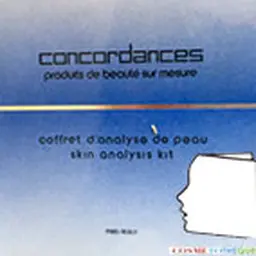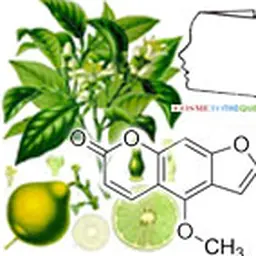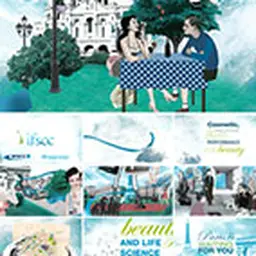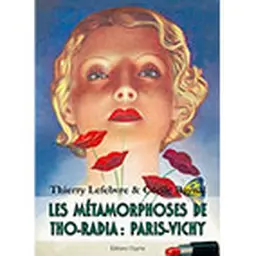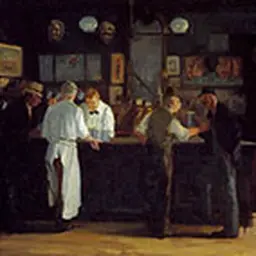
The cosmetics industry has long practiced, and sometimes without knowing it, what is now called storytelling. Storytelling or"storytelling" is a method used in communication. It is based on a narrative structure of discourse that is similar to that of stories. Literally, this translates into telling a story;
Storytelling is therefore the application of narrative processes in the communication technique to reinforce the public's adherence to the substance of the discourse. It is sometimes translated into French as"communication narrative". It is a developing approach in the fields of strategy, marketing and communication, management and knowledge of business management.
Storytelling consists in trying to bring out, within organizations or the public, one or several stories with strong power of seduction and conviction. These stories, which can be reduced to anecdotes or extended to whole speeches, serve as vectors to convey more complex messages, which are thus transmitted more effectively, according to the principle that to speak to the head, one must often first touch the heart. Indeed, according to Sébastien Durand," emotion makes you more receptive ". The viewer is thus better able to receive a message. In other words, you have to go through emotion to reach reason.
As practiced by the cosmetics industry, storytelling is based on concepts often of scientific origin. The approach regularly leads to anticipating scientific reality and, as a result, concepts are sometimes stated a little quickly. Many of them are not always in line with the notion of momentum, i.e. the"right moment", so important in the innovation process, but also so difficult to grasp. In other cases, the state of the art does not allow them to be fully realized. It is therefore not uncommon for some of these concepts to have only a fleeting existence. Either validation does not take place or it is late. Either, more often than not, products based on these concepts do not have the expected commercial success and therefore with the good ideas accompanying them, they disappear. Finally, the life of the ranges and their catalogue management requirements complete this phenomenon which almost always has the same consequence: forgetting.
But it is not uncommon for them also to lead to significant advances and establish themselves as new references.
In any case, it is interesting to remember this. In this section entitled"Forgotten concepts", we propose to trace some of them. And who knows, just as parallax barrier autostereoscopy, a technology described by the French engineer Auguste Berthier in 1896 and which found its use a little over a century later in consumer electronics applications, some of these concepts may arouse ideas among today's"active".
Let us quote by way of example some themes which will be developed: - iontophoresis or the use of fairy electricity, with or without wire, Power Paper, gold patch, etc…, - the acidity of the skin, Jean Morelle's theory, - porous films, occlusivity, wax butters and porosity esters, - Icesource, - collagen from Lyon, - lipodystrophy, - crystal emulsions, - membrane fluidity and the role of omega 3, - lanolin soap: Equalia, lysine soap - Nutribel, - manufacture of lipstick masses by extrusion firing, - Purcellin, - Lettic, - the clinical approach to the stratum corneum, - nitrous oxide and expansion, - Saturn and Cushion Make Up, - Clarins IP3 Lotion, - Dormancy, - Immunocosmetic: protection of Langerhans or Stimulogic cells, - • …
Some of these topics are already ready for a future publication, but those who have information about, or have participated in, such a project and who would be interested in contributing are welcome.
Thank you in advance.
| Contribution made by Jean Claude Le Joliff Trained as a biologist, Jean Claude Le Joliff was an R&D man for many years. Successively in charge of R&D, then Research and Innovation in a large French cosmetics and luxury group, and after an experience of creating a research centre (CERIES), he turned to innovation management. He has also been an Associate Professor at the University of Versailles Saint Quentin (UVSQ) and remains a lecturer in several specialized courses: ISIPCA, IPIL, ITECH, UBS, UCO, SFC etc. He is the founder of inn2c, an R&D and Innovation consulting company. Consultant for several international companies, he has actively participated in projects such as Filorga, Aïny, Fareva, and many others. He created the Cosmétothèque®, the industry's first conservatory of crafts and know-how. |

